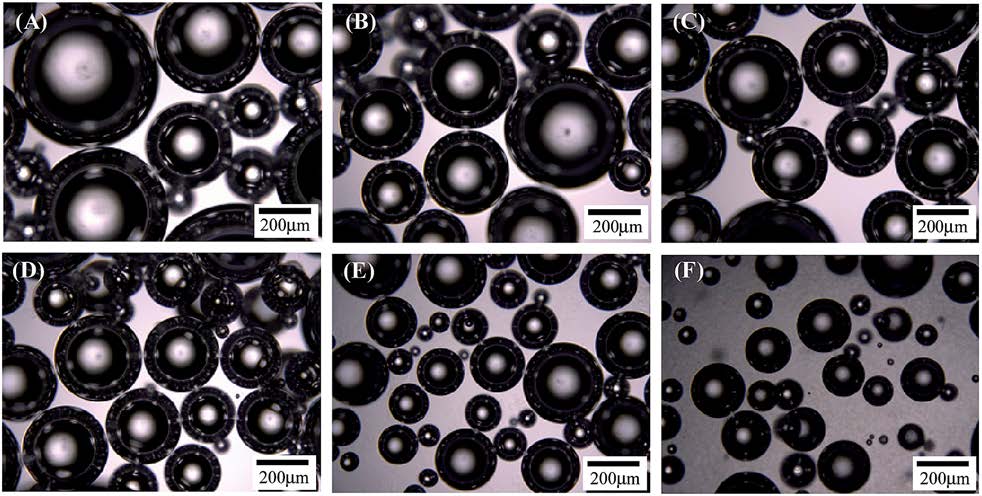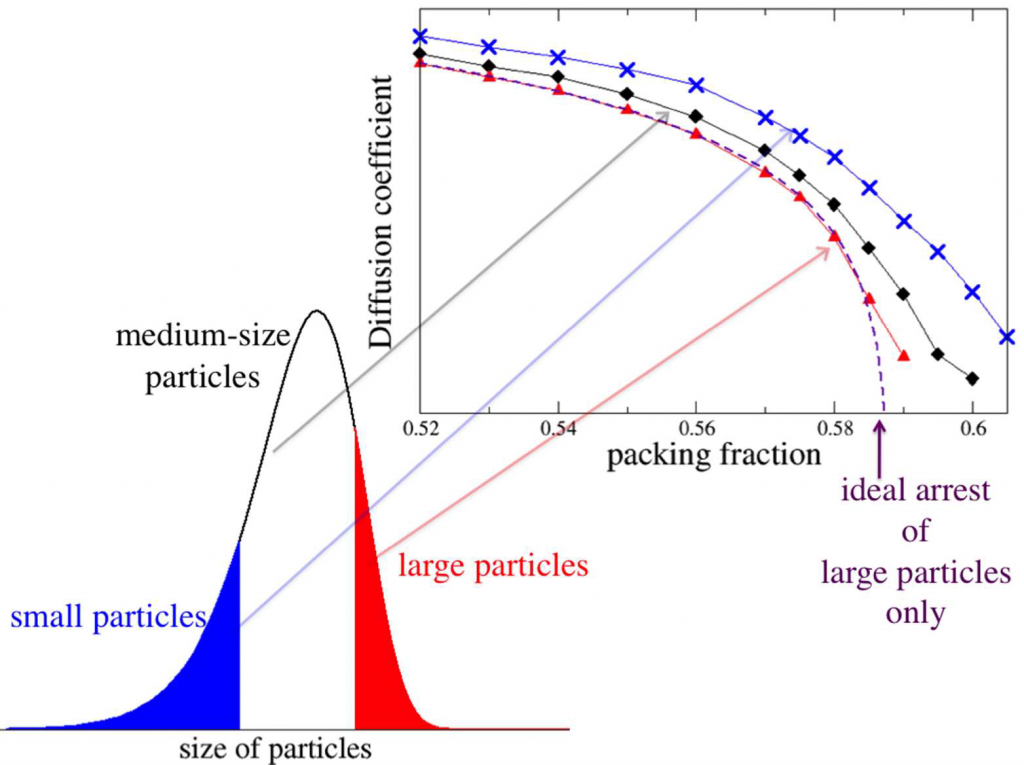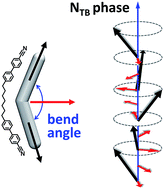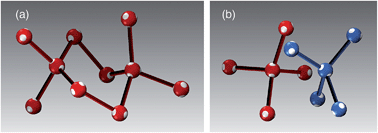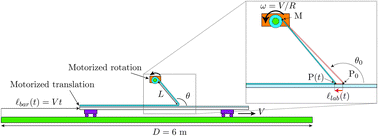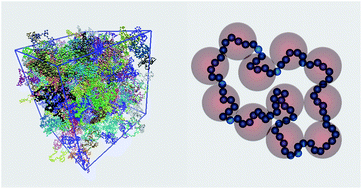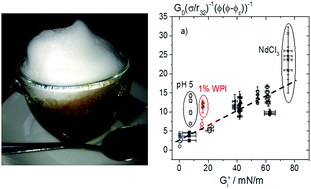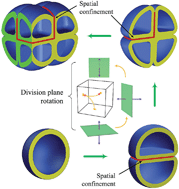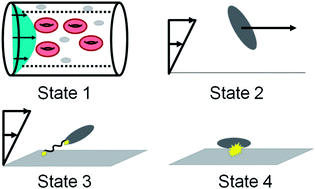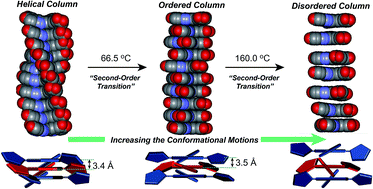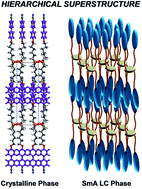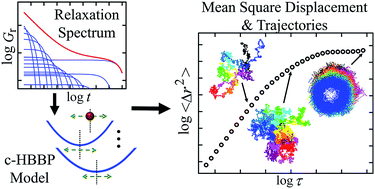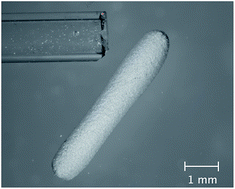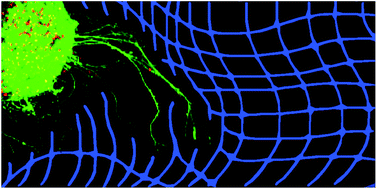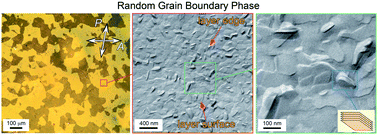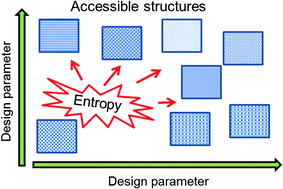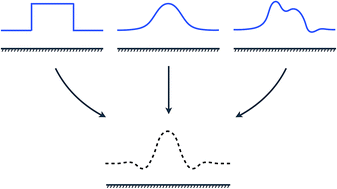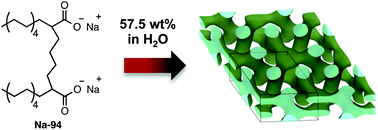This month sees the following articles in Soft Matter that are in the top ten most accessed from April – June:
Edible nanoemulsions: Fabrication, properties, and functional performance
David Julian McClements
Soft Matter, 2011,7, 2297-2316
DOI: 10.1039/C0SM00549E
Amphiphilic Janus Particles at Fluid Interfaces
Ankit Kumar, Bum Jun Park, Fuquan Tu and Daeyeon Lee
Soft Matter, 2013,9, 6604-6617
DOI: 10.1039/C3SM50239B
Control of Mesogen Configuration in Colloids of Liquid Crystalline Polymers
Sönke Haseloh, Paul van der Schoot and Rudolf Zentel
Soft Matter, 2010,6, 4112-4119
DOI: 10.1039/C0SM00125B
Directed Self-Assembly of Block Copolymers: A Tutorial Review of Strategies for Enabling Nanotechnology with Soft Matter
Hanqiong Hu, Manesh Gopinadhan and Chinedum O. Osuji
Soft Matter, 2014,10, 3867-3889
DOI: 10.1039/C3SM52607K
Manipulation of micro- and nanostructure motion with magnetic fields
Roger S. M. Rikken, Roeland J. M. Nolte, Jan C. Maan, Jan C. M. van Hest, Daniela A. Wilson and Peter C. M. Christianen
Soft Matter, 2014,10, 1295-1308
DOI: 10.1039/C3SM52294F
Polyelectrolyte adsorption, interparticle forces, and colloidal aggregation
Istvan Szilagyi, Gregor Trefalt, Alberto Tiraferri, Plinio Maroni and Michal Borkovec
Soft Matter, 2014,10, 2479-2502
DOI: 10.1039/C3SM52132J
Bioinspired materials that self-shape through programmed microstructures
André R. Studart and Randall M. Erb
Soft Matter, 2014,10, 1284-1294
DOI: 10.1039/C3SM51883C
Traction Force Microscopy in Physics and Biology
Robert W. Style, Rostislav Boltyanskiy, Guy K. German, Callen Hyland, Christopher W. MacMinn, Aaron F. Mertz, Larry A. Wilen, Ye Xu and Eric R. Dufresne
Soft Matter, 2014,10, 4047-4055
DOI: 10.1039/C4SM00264D
Gel architectures and their complexity
Walter Richtering and Brian R. Saunders
Soft Matter, 2014,10, 3695-3702
DOI: 10.1039/C4SM00208C
Self-assembly of poly(benzyl methacrylate)-block-poly(2-(dimethylamino)ethyl methacrylate) diblock copolymer films at the air/water interface and deposition on solid substrates via Langmuir-Blodgett transfer: aggregation behavior, morphological characteristics and subphase pH effects
P. Cecilia dos Santos Claro, Marcos E. Coustet, Carolina Diaz, Eliana Maza, M. Susana Cortizo, Félix G. Requejo, Lía I. Pietrasanta, Marcelo Ceolín and Omar Azzaroni
Soft Matter, 2013,9, 10899-10912
DOI: 10.1039/C3SM52336E
Why not take a look at the articles today and blog your thoughts and comments below.
Fancy submitting an article to Soft Matter? Then why not submit to us today!
To keep up-to-date with all the latest research, sign up for the Soft Matter e-Alert or RSS feeds or follow Soft Matter on Twitter or Facebook
Comments Off on Top 10 most-read Soft Matter articles – Q2 2014












